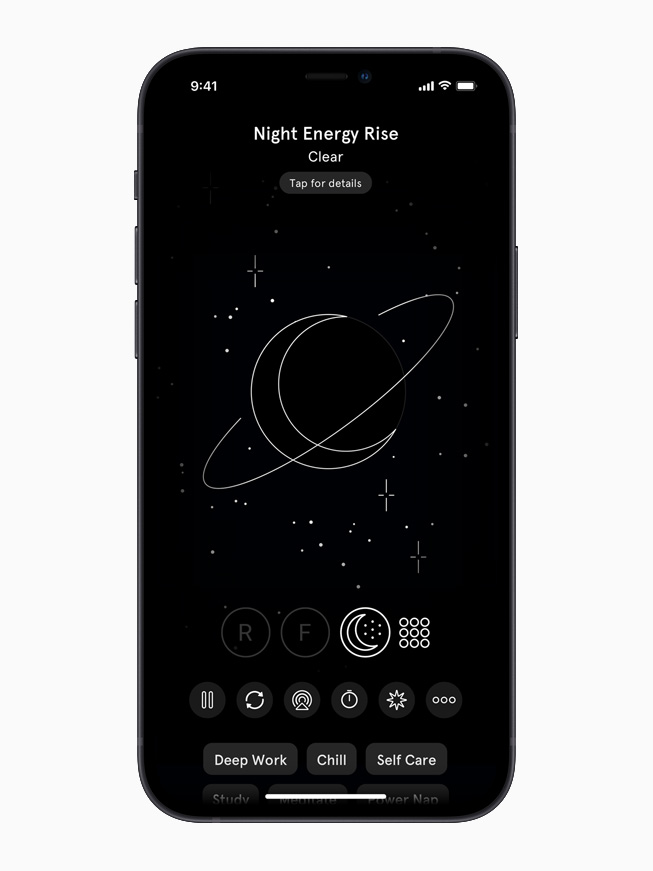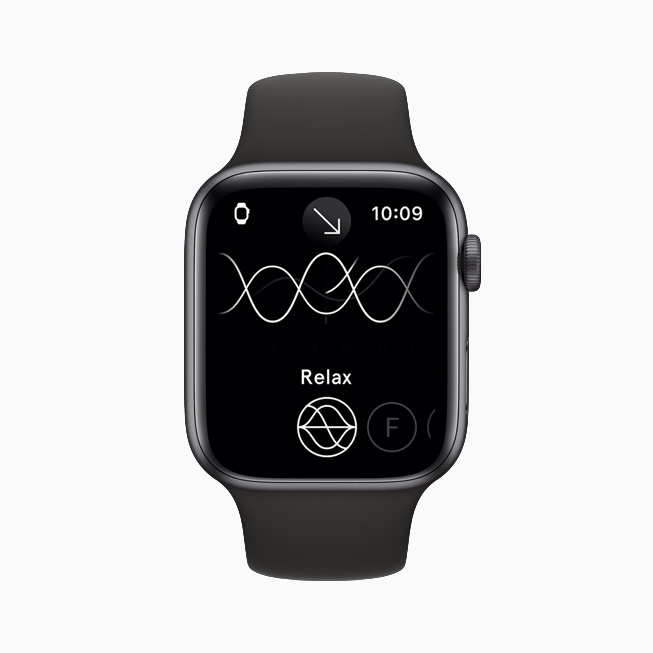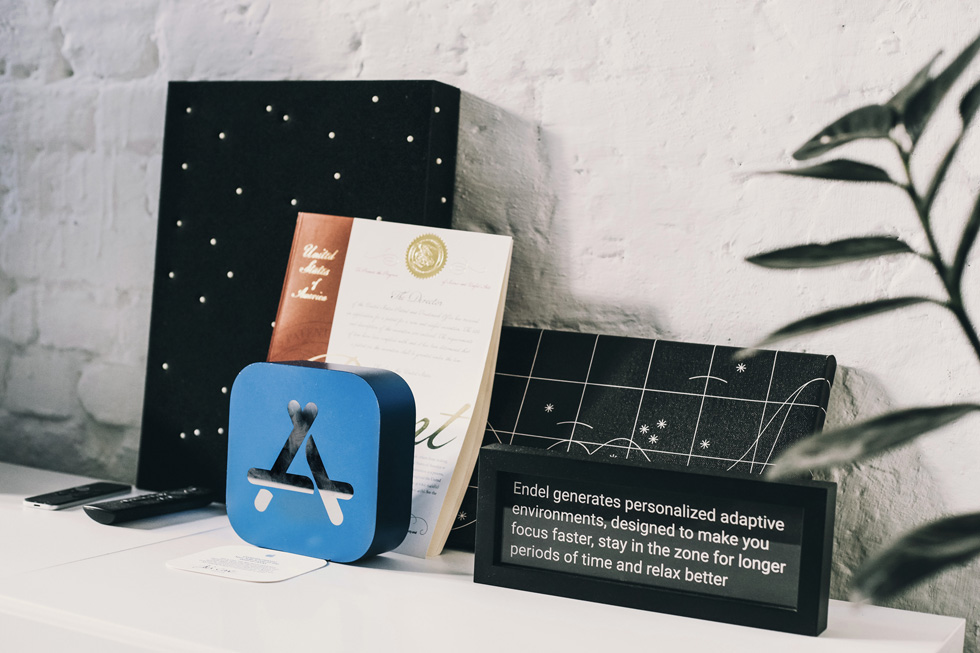Zpráva dne
18 května 2021
Endel app creator on the power of endless ambient music
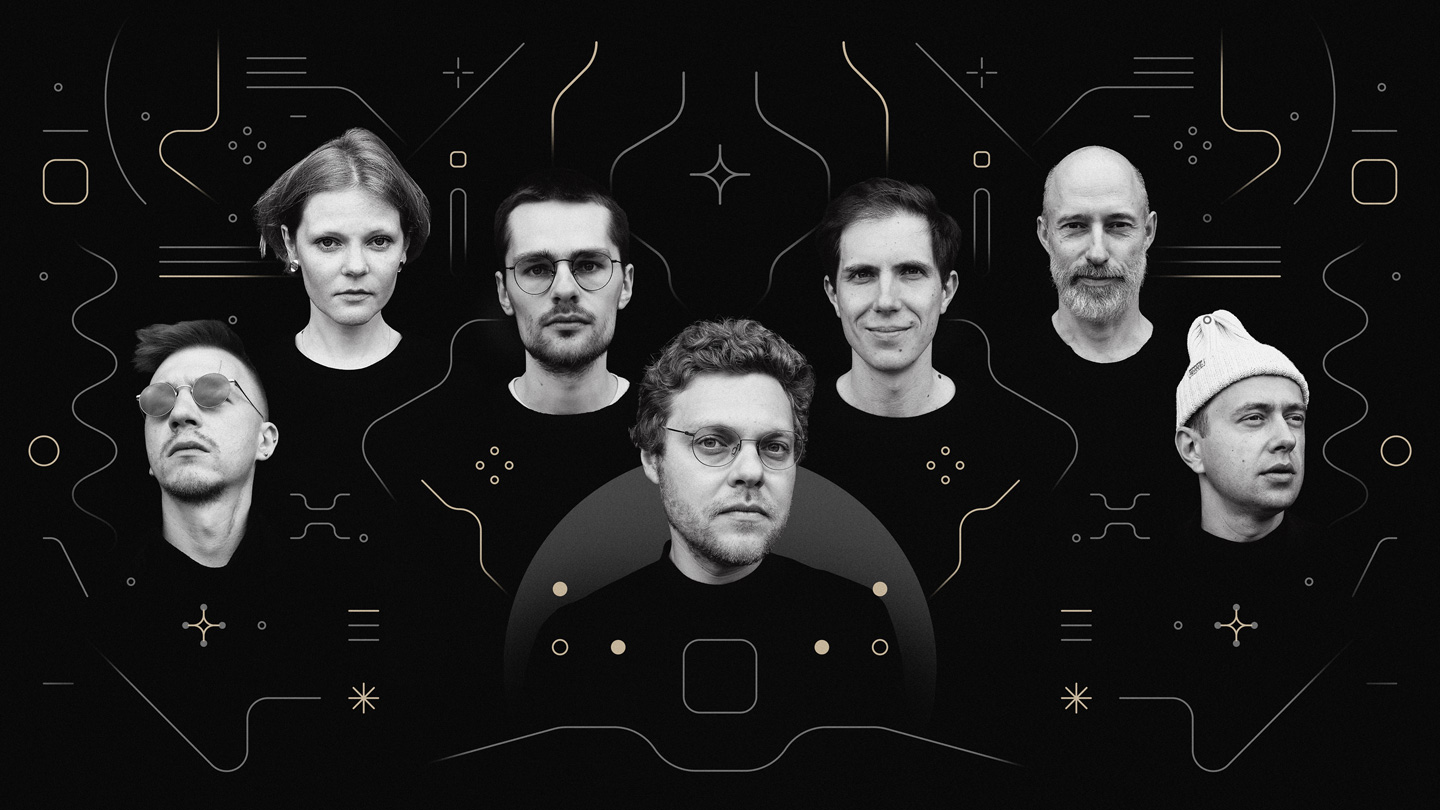
Endel, the company behind the app of the same name that creates personalized soundscapes to help users focus, sleep, and relax, was founded by six like-minded creatives. Nadya Yurinova, the company’s chief marketing officer, joined the team shortly after its founding. From left: Chief Design Officer Protey Temen, Nadya Yurinova, Chief Music Officer Dmitry Evgrafov, CEO Oleg Stavitsky, Chief Data Officer Dmitry Bezugly, Chief Technology Officer Kirill Bulatsev, and Chief Product Officer Philip Petrenko.
Endel CEO and Co-founder Oleg Stavitsky is not a typical tech entrepreneur. One of six co-founders, the former video game journalist describes himself as a producer who assembles creative people and builds an environment for them to work in. “I suggest an idea and then take a step back,” he says.
Stavitsky cites ambient sound pioneer and musician Brian Eno, and the tap-tap-tapping of his 3-year-old daughter playing Eno’s Bloom app that launched on the first-generation iPad in 2010, as inspiration. Watching his daughter, he became entranced by the ambient sounds resonating from her finger as she used the app to create her own piece of art. He immediately knew he wanted to create digital art apps for kids, and decided to leave the journalism world to start an app development company.
And so he set out to build a team of like-minded art, music, and sound enthusiasts. That founding group includes Chief Music Officer Dmitry Evgrafov, a neoclassical composer; Chief Design Officer Protey Temen, a contemporary visual artist; Chief Data Officer Dmitry Bezugly; Chief Technology Officer Kirill Bulatsev; and Chief Product Officer Philip Petrenko. “It’s a very diverse collective of people, and we all just clicked together,” Stavitsky explains.
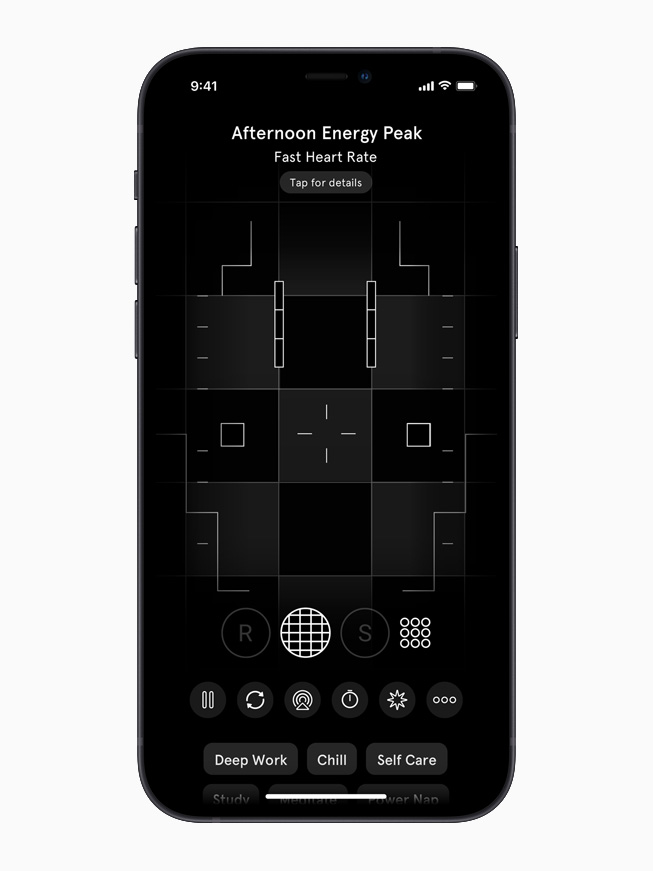
The unexpected makeup of Endel’s founding team — which Stavitsky emphasizes is more of an artist collective than a traditional app development team — provided a certain synergy around the power of sound. The collective’s first foray into app development was BUBL, a suite of digital art apps for kids blending abstract design, sound, and a carefully crafted user interface, launched on the App Store in 2013. “They almost looked like Wassily Kandinsky’s paintings that sort of came to life,” he says.
“I was always fascinated with the correlation of color, form, and sound,” Stavitsky says. “That has everything to do with Kandinsky, who is one of my favorite painters, and then at the same time, with the minimalist composers of the ’70s, like Brian Eno, Philip Glass, and Steve Reich. And so even for our BUBL apps, we built a lot of technology that would generate musical composition in real time, depending on what someone was doing in the app.”
Endel is the natural evolution of those initial digital art apps, bringing personalized, contextualized, real-time ambient soundscapes to life across iPhone, iPad, Mac, Apple Watch, and soon, Apple TV.
“We thought, what if we take those ideas, go back to the ’70s, and infuse them with modern technology?” Stavitsky describes. “We’re surrounded by these amazing devices that know so much and can do so much for us. Why don’t we take advantage of it and basically take these ideas of Brian Eno and all of the minimalist composers of the ’70s to the next level?”
What truly sets Endel apart from other music or sound-based apps is its equal dependence on creativity and science. Recognizing that a personalized experience for users would need certain data, the Endel co-founders endeavored to design a prototype for a native Apple Watch app experience and use inputs from the wearer’s environment, including weather, heart rate, and exposure to natural light, to build an appropriate soundscape unique to that individual. The app became the first-ever Apple Watch App of the Year in 2020 and currently has more than 300,000 monthly active users.
Today, Endel is a team of 30 headquartered in Berlin, with a second office in Moscow and other members spread out across Lisbon, London, and Los Angeles.
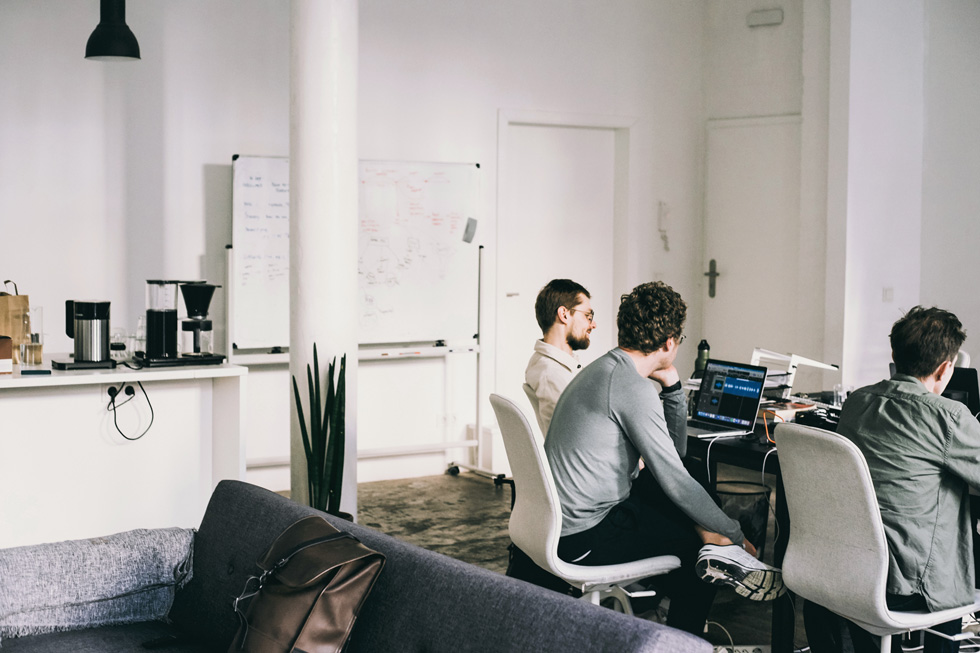
May is Mental Health Awareness Month here in the US. What role do you believe sound plays in maintaining a positive cognitive state?
Oleg Stavitsky: I like to say that because the world is so crazy right now, people are now almost self-medicating with sound. With all of these playlists out there, people are literally searching for ways to get through the day and protect their cognitive state, hence all of these playlists and YouTube videos. And here’s Endel. This is a project built specifically for that kind of use: It is scientifically engineered to help you achieve a certain cognitive state.
Talk a little bit about the science. You recently partnered with the neuroscience data company Arctop to commission a study that uses its technology to measure and analyze brain wave data in real time. What were some of the findings and what do they reveal about the way people consume sound today?
OS: The result of the study was this interactive graph where you could zoom in on a second-by-second basis and see where a portion of the soundscape or playlist starts and how the user’s brain reacts to it. We were able to track one’s brain wave activity, and when they were listening to a static playlist, a certain song would kick in and it would work for them, but then another one would start and it just doesn’t. Then there’s this transition between that song and the previous song, and when the new one starts, there is this natural drop in concentration. If you think about sounds for concentration, what needs to happen is you need to slowly bring people up into the zone, and a lot of music works for that, but then it’s about keeping them there. And that’s the most important part. And for that, you need consistency. You need to be following the person and looking at their biometric data in real time to constantly keep them in the zone. So for Endel, it’s not that the concentration peaks are so high; it’s that the consistency of concentration is so much higher than what someone would get with a static playlist.
Endel has had artist collaborations with electronic musicians Grimes and Richie Hawtin (aka Plastikman), but you’re shifting course for your next one: philosopher Alan Watts. Why?
OS: Even though Alan Watts is technically dead, since the ’70s, we have contacted his son, who now runs the Alan Watts Foundation. This is a passion project of mine. We licensed two of his biggest talks, “World as Play” and “Pursuit of Pleasure.” These talks are so relevant for our times. Alan talks about the importance of dancing through life, of being wiggly, fluid, and flexible. He talks about relativity: How you can’t know good if you’ve not experienced bad, why it’s crucial for one side to always respect the other, how the whole world is not black and white. I find these notions very relevant for our intense, overstimulated, and polarized world.
How did you become so obsessed with sound?
OS: We’re all obsessed with music — specifically ambient music — because as Brian Eno rightfully put it, it’s as ignorable as it is interesting. You don’t even notice that it’s there. It just creates this comfortable ambiance for you to be in, but it doesn’t take your attention, you don’t lose mental energy on processing it. I now have almost like a professional disorder. Everything is a soundscape. You sit somewhere and you hear whatever: A train starts, a door creaks, a child cries. Everything immediately merges into a soundscape for me. Sometimes I want to shake that off, but it’s impossible. Everything is music to me now.
What is the value of providing an experience that crosses multiple devices in a user’s life?
OS: It can follow you everywhere during the day across all of these devices, and sometimes you can barely hear it. What I often do is put on Endel on relax mode. I would turn on Transparency mode on my AirPods Pro, and I would just go about my day. I would talk to people, I would buy coffee, I would interact with people. But there would be this, what I call, microdosing on Endel, essentially. Sound is the easiest way to control your environment. It’s so powerful, and it’s so easy to change your context. It was a no-brainer for us. So the idea is you start Endel on your iPhone and go for a run, and then you have it on your Apple Watch. Then you go to your office and you turn on noise-cancelling mode, and then you want to be in that deep work session on your Mac. This is when Endel is front and center, and it shields you from everything else around you. And then you come back home and say “Hey Siri, I want to relax,” and it pops up on your Apple TV. That’s my ultimate vision for Endel: an always-on soundscape.
Sdílet článek
Images of Endel Team and App
